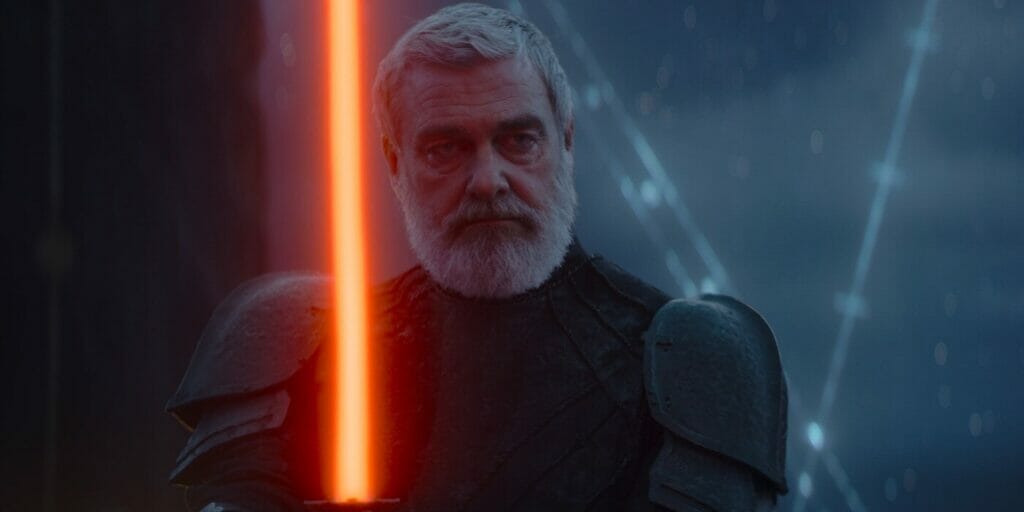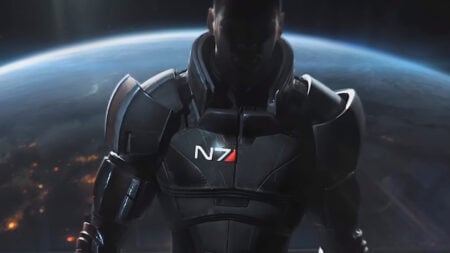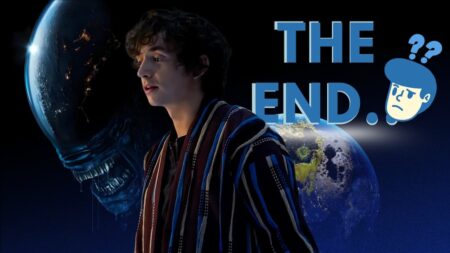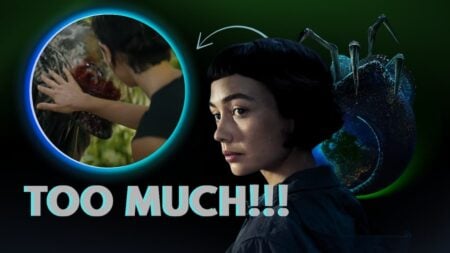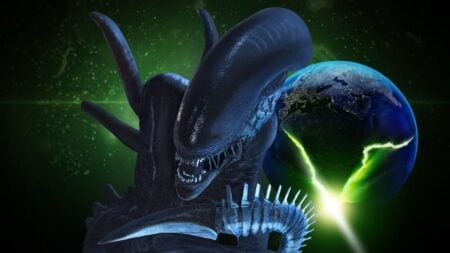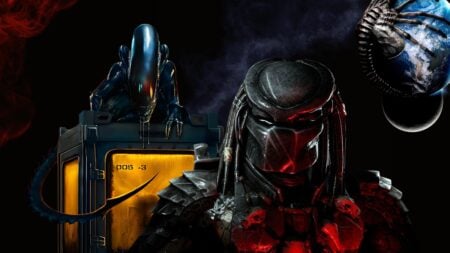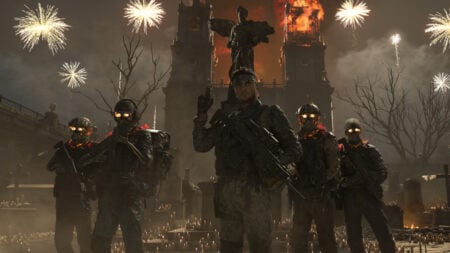Skip To...
Fans have hailed Ahsoka as a return to the classic elements of the Star Wars franchise. Lightsaber fight scenes are back after the political thriller vibe of Andor and the space Western gunslinging of The Mandalorian. Nothing screams Star Wars like blue and red laser swords. The latest series has featured several blades crossing, almost a new encounter in every episode. The choreography on display has left something to be desired, but their narrative power has been intriguing.
Why Must We Fight?

I would argue that the lightsaber fight scenes in Ahsoka, as in Star Wars as a whole, serve two major purposes. They exist as spectacles, providing an enjoyable light show for adoring fans. They’re also an excellent venue for building or displaying character. I should come away from a duel knowing a bit more about its participants because their unique styles and tactics speak to their personalities. Over the years, Star Wars sacrificed much of the character-focused choreography in favor of flashy CGI nonsense. Ahsoka is something of a mixed bag in both departments.
The staging of Ahsoka‘s lightsaber fight scenes can be a bit of a mess. The first fight is engaging, but the awkward gray background makes everything look off. While the prequels depicted Jedi flipping and spinning around with wild abandon, Ahsoka Tano and her foes are slightly more grounded. There are a lot of samurai influences in Ahsoka, even more than in the original trilogy. The varied opponents with unique lightsabers keep the fight scenes engaging enough. However, it pales in comparison to other sword-focused action scenes. I would argue that either leaning into the set-piece combat of something like Lord of the Rings or keeping encounters short and brutal like a Kurosawa film would strengthen the engagements. Either way, Ahsoka has room to improve, even as it builds on previous examples.
Baylan Skoll Is More Fight Scene Than Man

The villains of Ahsoka haven’t stolen the show, but they are intriguing. Baylan Skoll, portrayed by the late great Ray Stevenson, is a Dark Jedi mercenary who holds the show’s red lightsaber. His weapon is actually more orange than the typical Sith weapon, but that’s only a part of his mystique. His fighting style is distinct and striking. Ahsoka has been repeatedly characterized as a samurai in this show. Her second fight against Marrok is naked in its influences. Her match against Skoll puts that influence against something very different. This brief exchange of blades is the best argument for Ahsoka‘s mastery of lightsaber fight scenes.
Go back and watch Ahsoka fight Baylan Skoll again. Watch her run around, launching defensive strikes while dodging his blows. Look at her stance in comparison to his. Skoll is a medieval knight. He holds his lightsaber like a broadsword and swings with stiff, practiced brute strength. Ahsoka flows like water while Skoll wethers her assault like a stone. You can learn so much about these characters and their motivations in a fight scene that barely lasts two minutes.
This concept is even more poignant when Ahsoka finds its moral in the next episode. While many other villains have fallen without any notable personality, Skoll has been given recognizable pathos in a scene that was also compelling to watch. I’m not saying he’s Richard III or even Darth Vader in his glory days, but he’s great for the Disney+ Star Wars shows. So much of what’s engaging about the character comes from his fight scenes, and the ability to pull that off is high praise for Ahsoka.
RELATED: Who Plays Grand Admiral Thrawn in Ahsoka? Answered
Ahsoka‘s lightsaber fights are staged well enough, but their character-building moments are where they can really shine. Not every encounter plays out as well as Ahsoka’s bout with Skoll. The references can get a bit overbearing. Marrok’s death, in which he sprays a torrent of black stuff exactly like blood in a Kurosawa film, is the funniest example. It’s clear to me that Dave Filoni and the rest of the team understand the power of a good fight scene. We’ll have to wait and see whether it’s a flash in the pan or a genuine improvement that brings the Star Wars franchise up with it.

